When thinking about Thailand, elephants are one of the iconic images we think of, and travellers look forward to the chance of meeting, and maybe touching an elephant in real life. But what should travellers be aware of when they plan to see elephants in Thailand. Kaya site Director, David Jackson shares his experience:
History of Elephants & Elephant Riding in Thailand
Before 1989, the majority of domesticated elephants in Thailand were used in the logging industry where they were made to pull lumber out of the jungle. From 1989 onwards all logging was banned nationwide and these animals and their owners were out of work with a very expensive animal to feed. Furthermore, a large majority of elephants are owned by poor minority hilltribe families, their elephant is often their main source of income. Without alternatives, the huge daily costs for maintaining these animals would be unbearable and elephant would likely be left to die.
Many owners turned to street-side begging with their elephants – walking the streets of Bangkok and other large cities asking people to buy bananas to feed the elephants. This can bring in large sums of money for their owners, sometimes up to 30,000 Thai Baht per day, but it is an extremely poor environment for the animals to live and work in. These elephants often work up to 12 hours a day and several have been struck by cars and killed.
The other alternative for elephant owners is to work for the standard model elephant camps, most of which are concentrated around Chiang Mai, but exist throughout Thailand. These are mass-market tourism focused and provide shows, elephants painting, playing football and doing other tricks. As well as elephant riding, where elephants wear a palanquin (large wooden box that can seat two people). This makes the experience more comfortable for tourists, but puts additional strain on the elephants and the straps from the palanquin can lead to painful blisters and cuts. These camps will cover the cost of the elephants food and pay rental for the use of the elephant and a small salary to the owner or mahout who works with the elephant. This is however conditional on the elephant working. Elephants who are sick, pregnant or males who are in heat/musth (and therefore dangerous) are incentivized to work. These elephants work long hours and have no free time, families are split up early in their lives because babies distract and are a danger for tourists. There is no incentive to protect and maintain the welfare of the elephants, most if not all of the deaths attributed to elephants in Thailand can be linked to these low cost, low quality camps.
Within the last decade a new kind of model began to emerge, where high quality, higher price elephant camps began to appeal to a mainly western market. These camps provide a significantly higher cost program that does away with the palanquin and emphasizes a program that provides education for tourists, and a better life for the elephants. This usually means that there is some basic training for tourists to introduce them to riding and controlling elephants, and a variety of activities with a particular elephant, often feeding, a short walk and bathing them. Due to the nature of the programs, this means that elephants are working significantly less, as tourists simply accompany the elephants on their daily activities. Bathing and some moderate exercise are essential for elephants and riding the elephants bareback reduces the impact. Because of the way that they are marketed, these programs also emphasize being animal friendly, this puts pressure on owner, mahouts and other staff to treat the animals better. Empathy for animals is not always high in Thai society and tourists can provide incentives for camps to educate and train their staff better as well as use different approaches for training. All of the new model camps I have lived and worked with are opposed to and do not use the Pra Jaan approach to breaking a baby elephant. This traditional approach is used to break and train new elephants quickly. In a traditional camp or other work environment where time and money are incentivized, babies need to be separated from their mothers quickly so they can return to work.
This is however, not the case in the new model camps where the babies themselves are an attraction and the additional costs of a mother and baby out of work can be covered by the higher prices paid by tourists. This also means that babies can be trained in a more humane way, with rewards, rather than punishment.
The use of Bull Hooks and Chains
Elephants are by their nature large and potentially dangerous animals. After working with various camps for the last seven years, I have seen several injuries and at least one death caused by elephants. Large male elephants are often unsafe to use with people due to their aggression, size and dominance, and should be separated from tourists. All male elephants are extremely dangerous when they are in heat (termed ‘musth’), during this time even trusted people often cannot approach them, and there are numerous cases of elephants in musth killing people.
However, female elephants as well can on occasion attack people and this is always a danger when people and elephants interact. Due to their size, even a playful whack by an elephant is dangerous to people. As such, it is crucial that camps carefully train both their elephants and their trainers. Good camps should never need to use the sharp end of the bull hook against elephants, unless their is a real danger to people. If any visitors see overuse or use of the sharp end of the bullhook against elephants I ask them to report it to me for me to report it to the camp as unacceptable. The programs we work with are very upfront about the use of bullhooks and the staff and ownership, do not accept unnecessary use of pain against their elephants. Any reports will be taken seriously. At the same time, I accept that these tools are necessary to protect people in extreme cases, when elephants attack.
Elephants and the Land
Because of the large size of elephants and their huge appetite it is impossible to provide enough area for elephants to wander all day. Average range for wild elephants is between 14 and 52 sq kilometers. Elephants constrained to smaller areas will eat all the vegetation and trees very quickly and will wander into local villages, fields and other areas. Through my work I have personally worked on reforesting more than 40 acres of jungle that had been reduced to grass by elephant grazing. A full sized elephant can easily knock over and destroy reinforced concrete posts or large trees. As a result they need to be chained for certain periods of the day. This should be mixed with some exercise and bathing as well as other kinds of interaction with other elephants. The areas where elephants are chained should be out of the sun and clean. Eating consumes up to 90% of an elephant’s day and can be easily managed in these areas as well.
Domesticated elephants have so far not successfully been reintroduced into the wild anywhere in Thailand. There is also a lack of land area for this to occur. As such elephant tourism provides one of the only alternatives for these animals and their owners to survive.
Kaya Elephant Conservation projects
The reasons that I have chosen the projects we work with, after extensive research, is their commitment to being transparent, their openness to discussion about the issues, their commitment to looking after all their elephants as best they can, and also buying and protecting ‘useless’ elephants who would be left to die.
Also, crucially their commitment to the safety of their customers, they both discuss and plan for emergencies with all their customers. Elephant stampedes are quite common and responsible camps have a duty to inform and prevent these as best as possible. Injuries from stampedes can be very serious and often result from mismanagement and lack of customer training. Our projects have admirable records for preventing this as well as informing customers of other potential dangers when spending time with elephants.
I believe that tourists and in particular our Kaya participants should continue to push for improvements in the treatment of these amazing animals and we are committed to this process. We hope that you will join us on programs that make a difference for them.
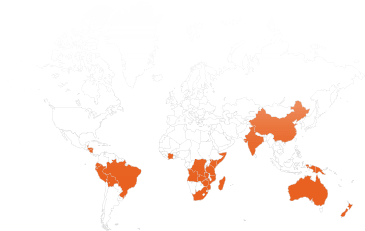
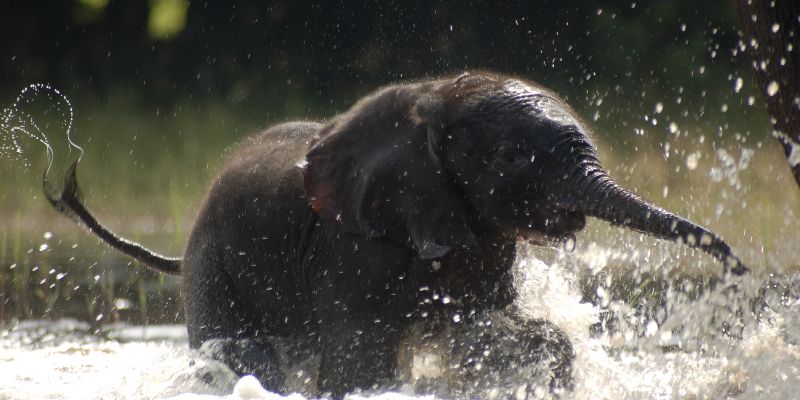
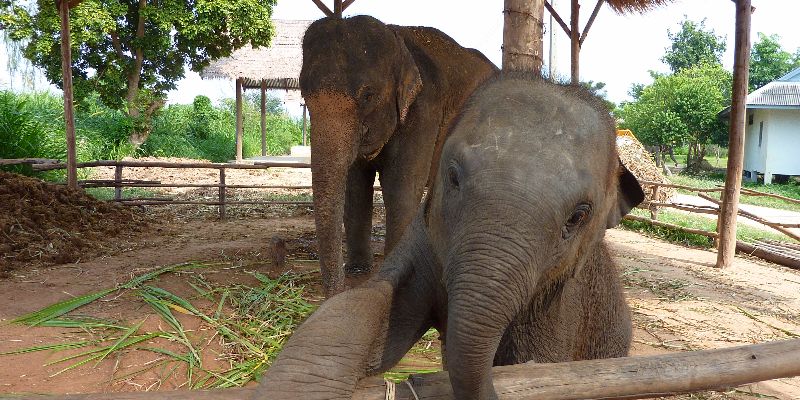
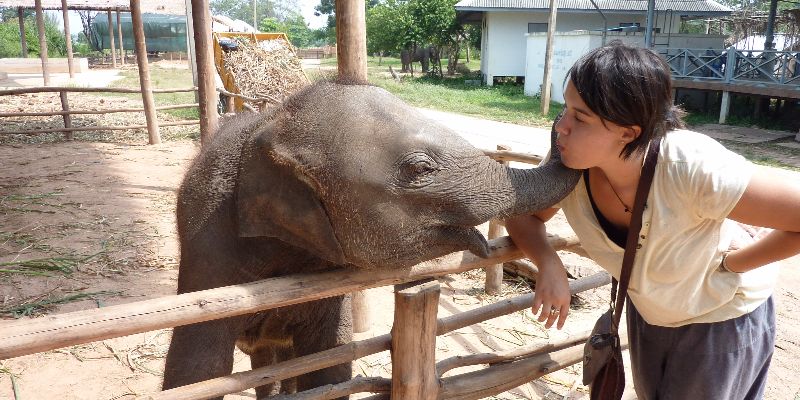
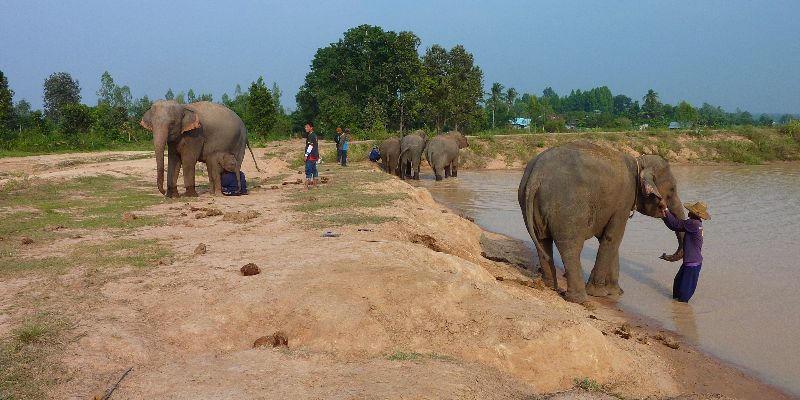
Recent comments